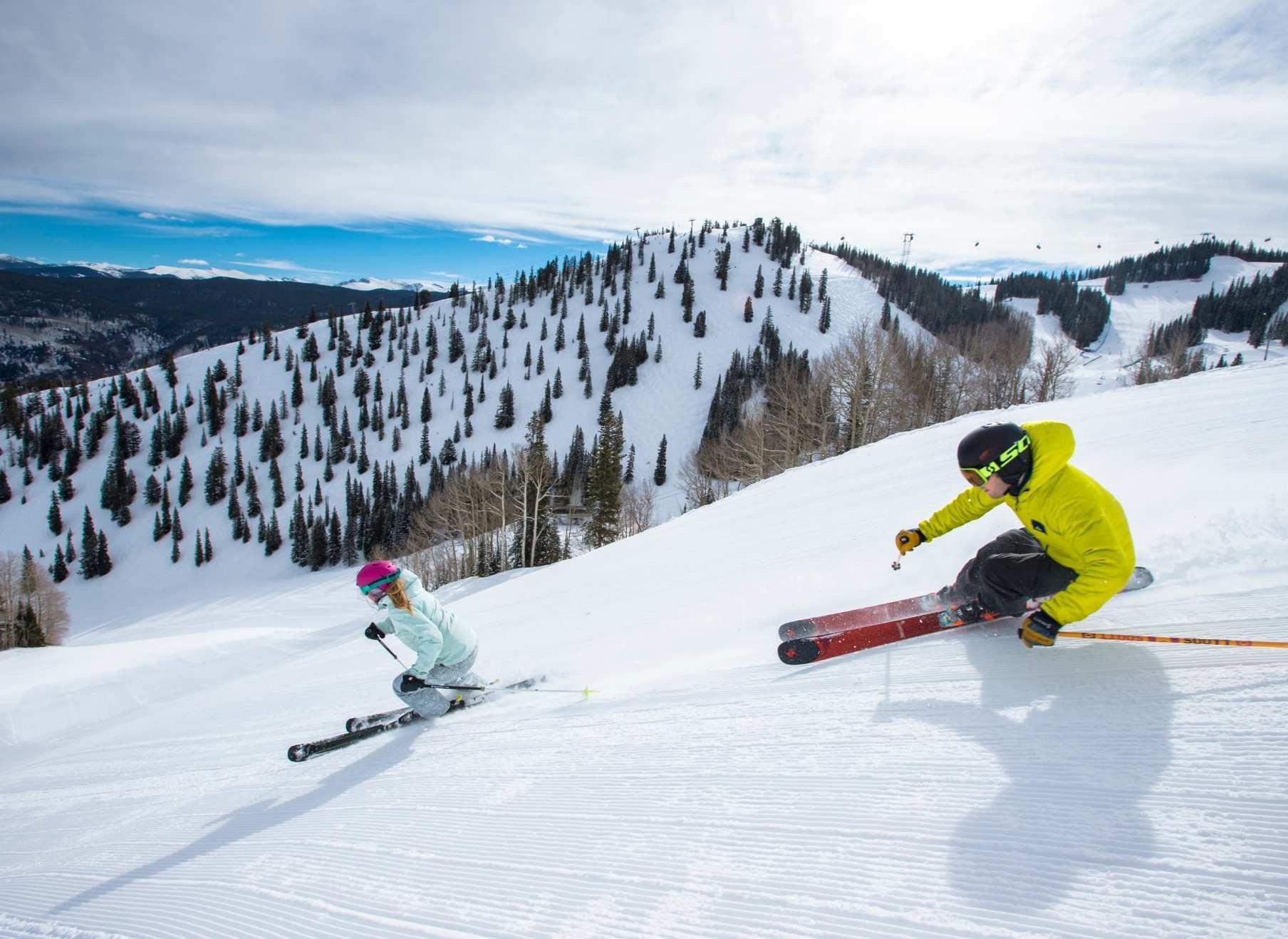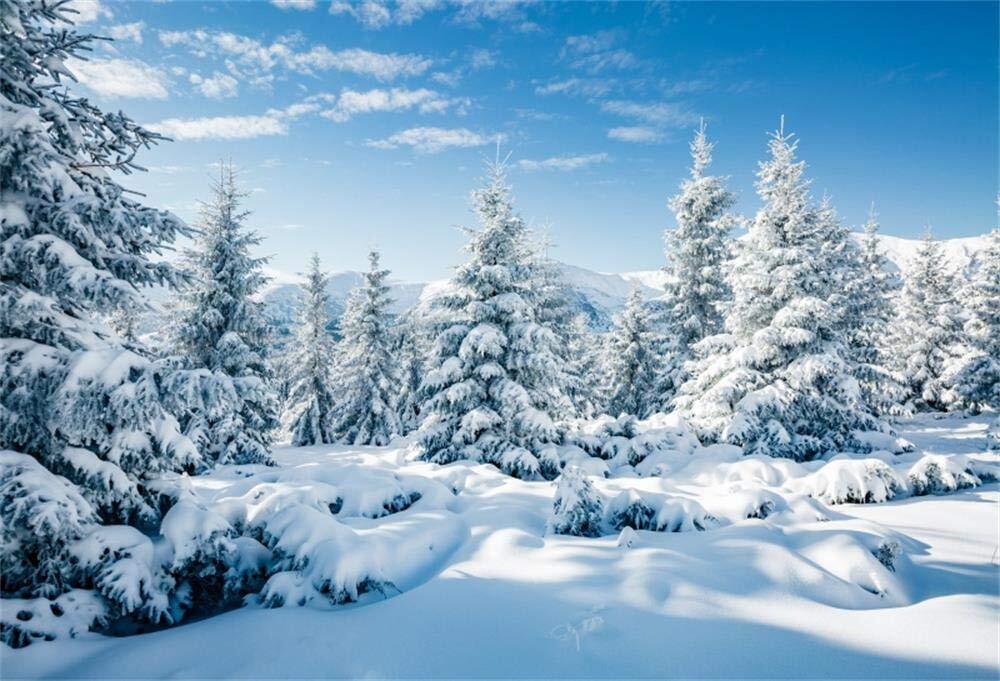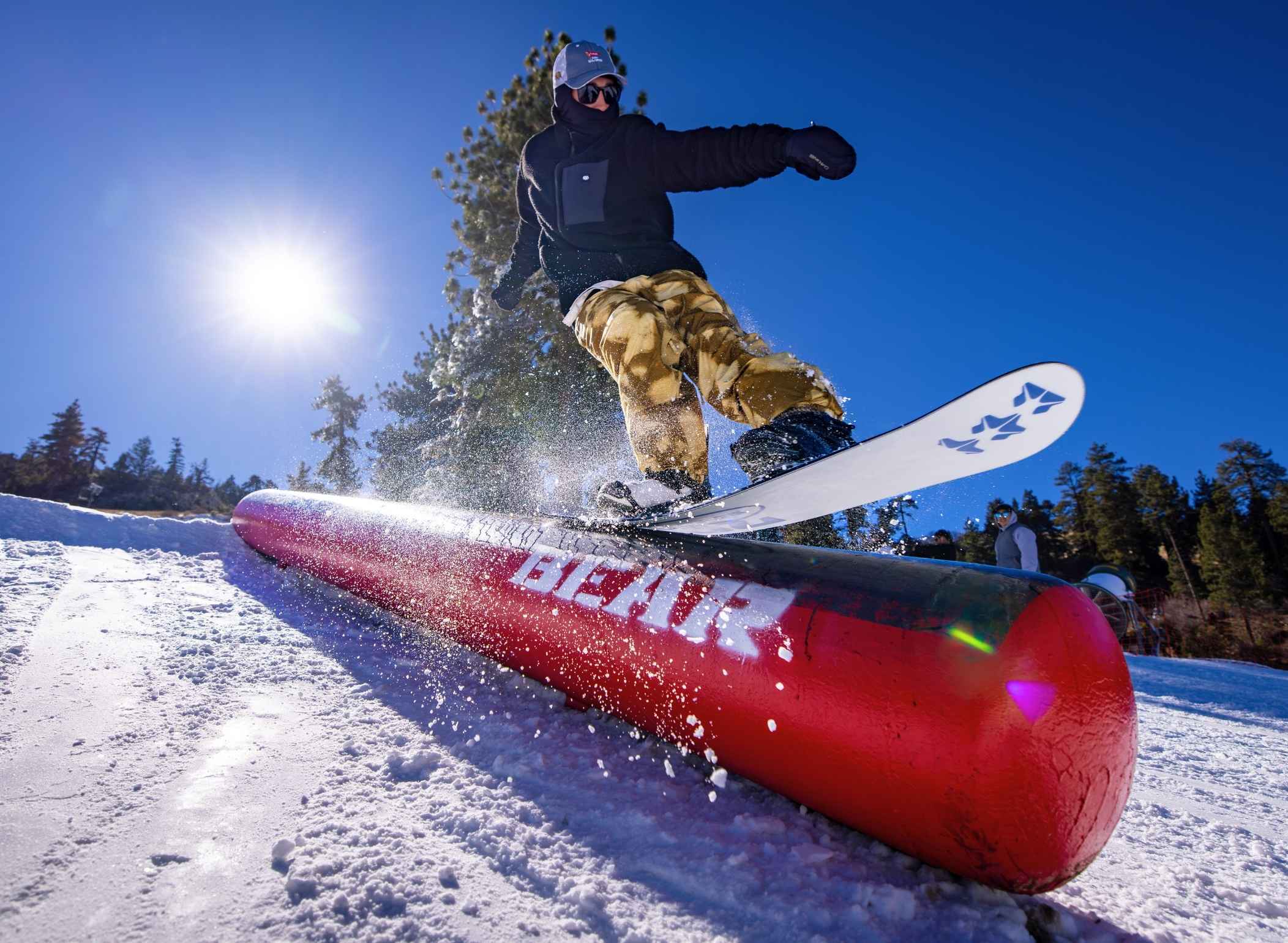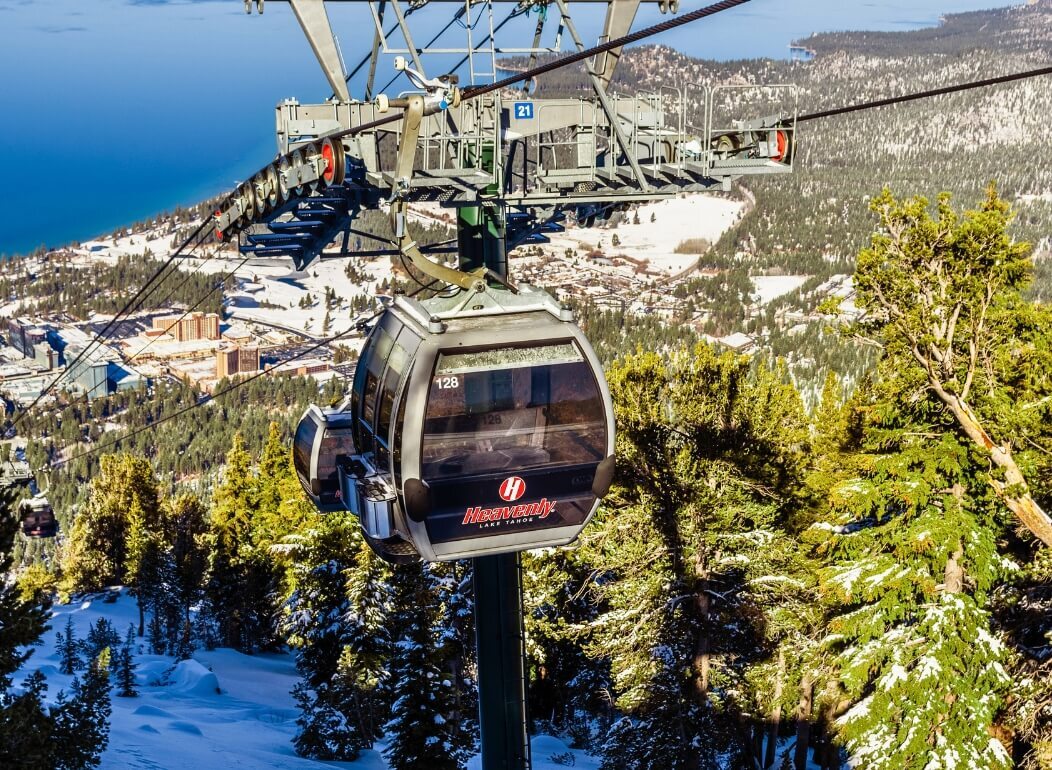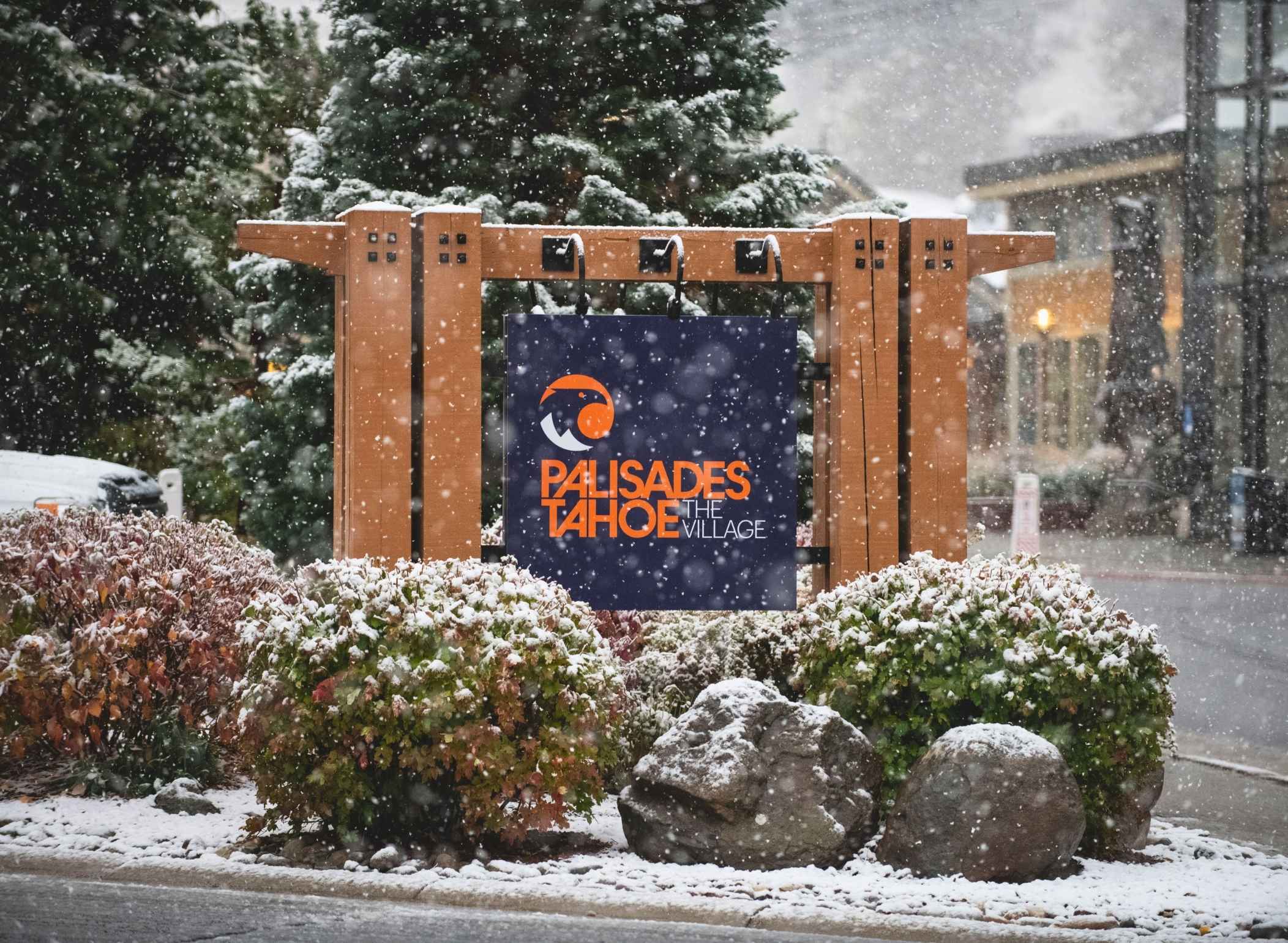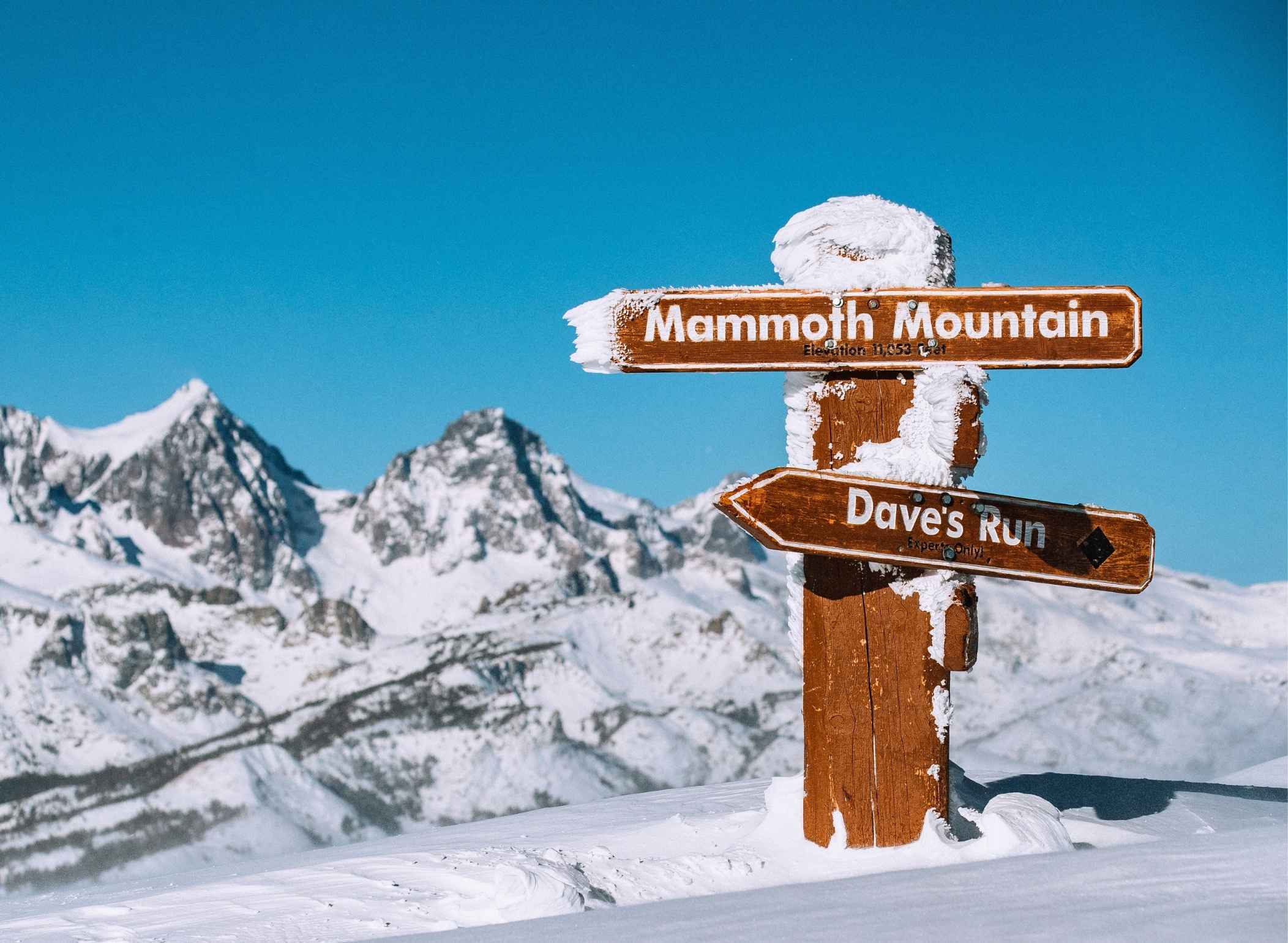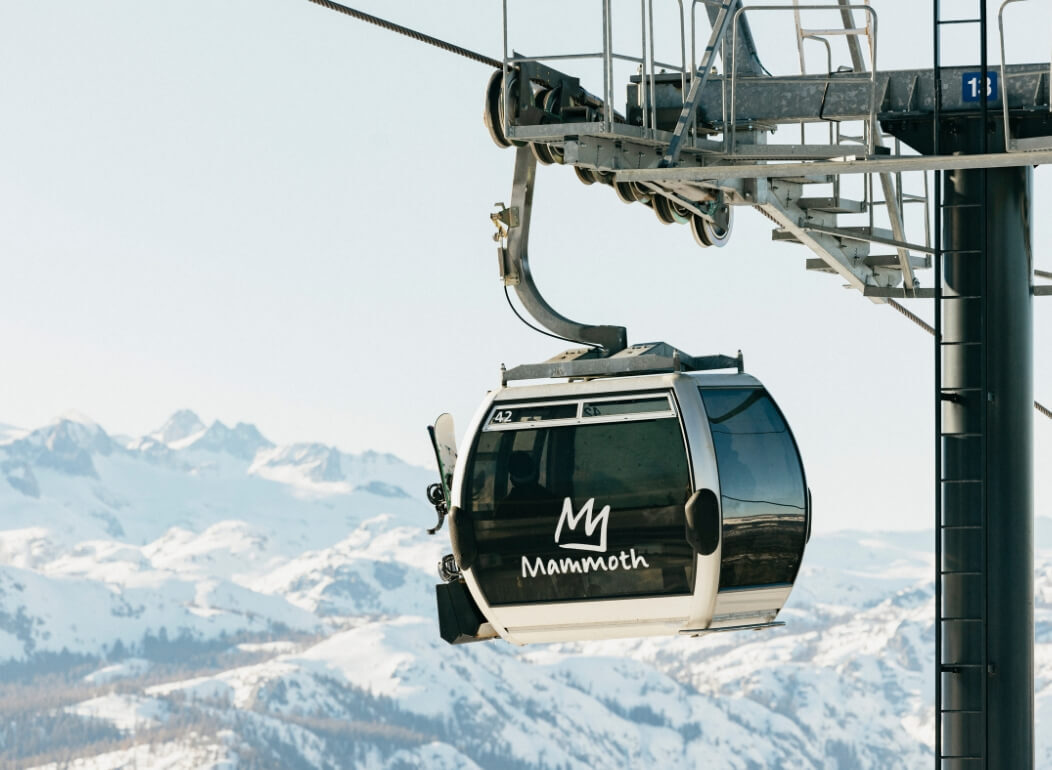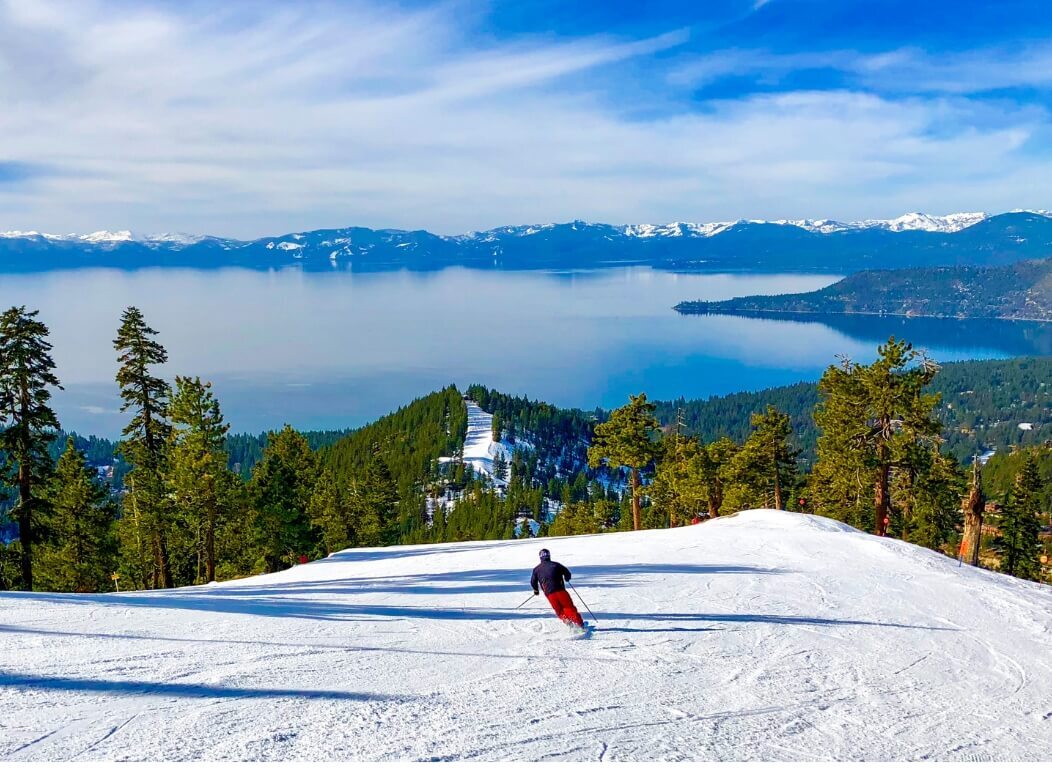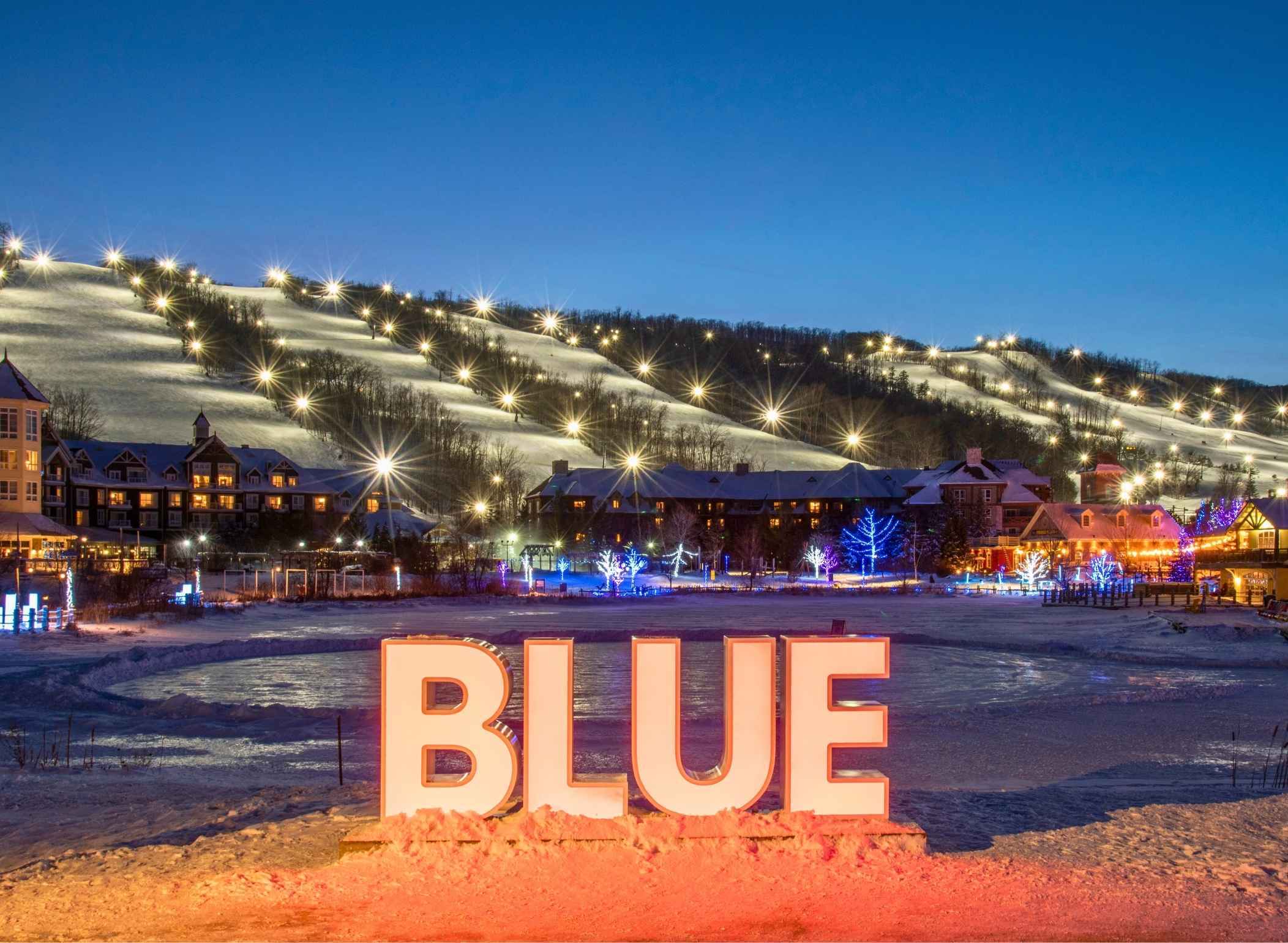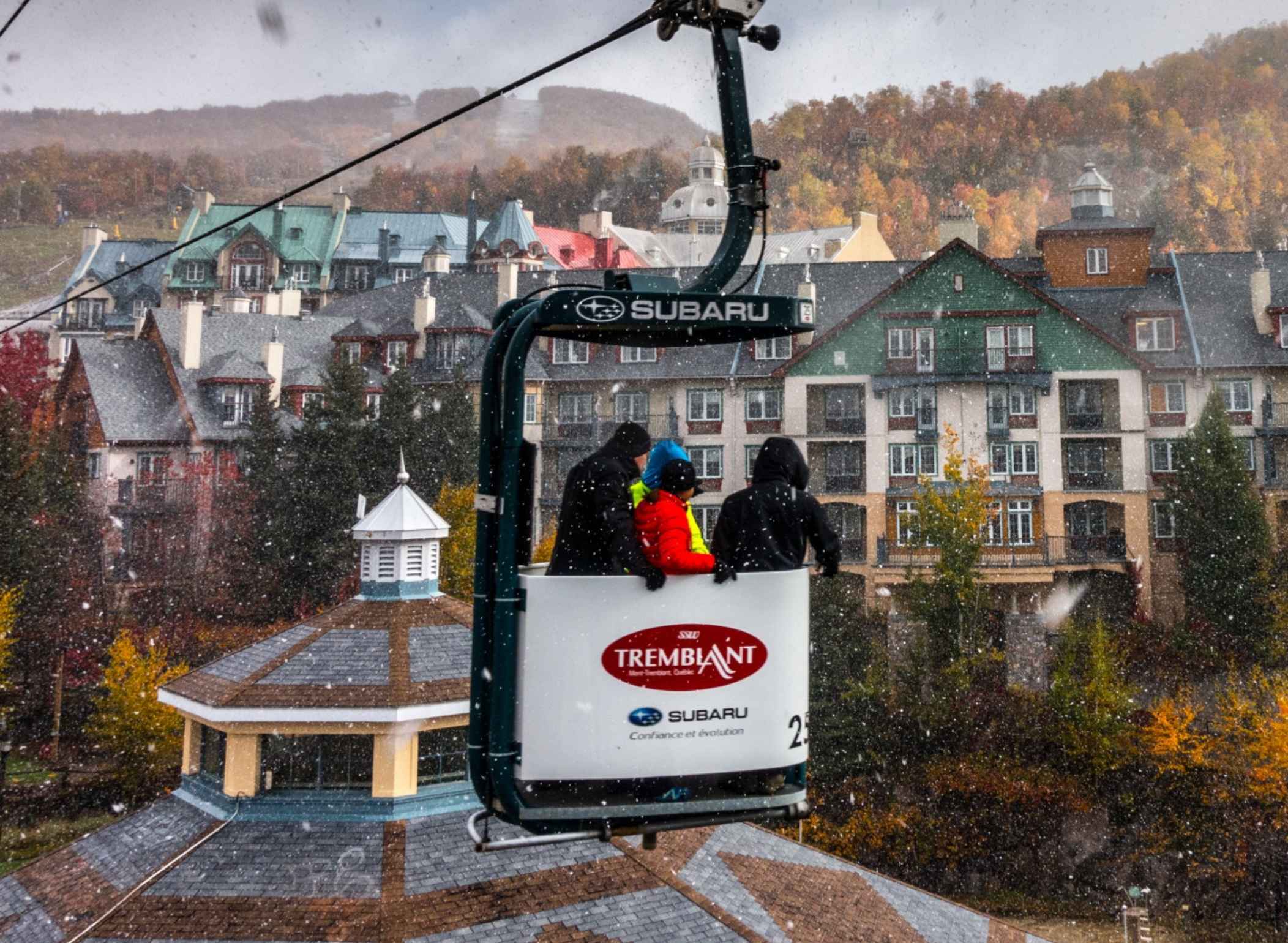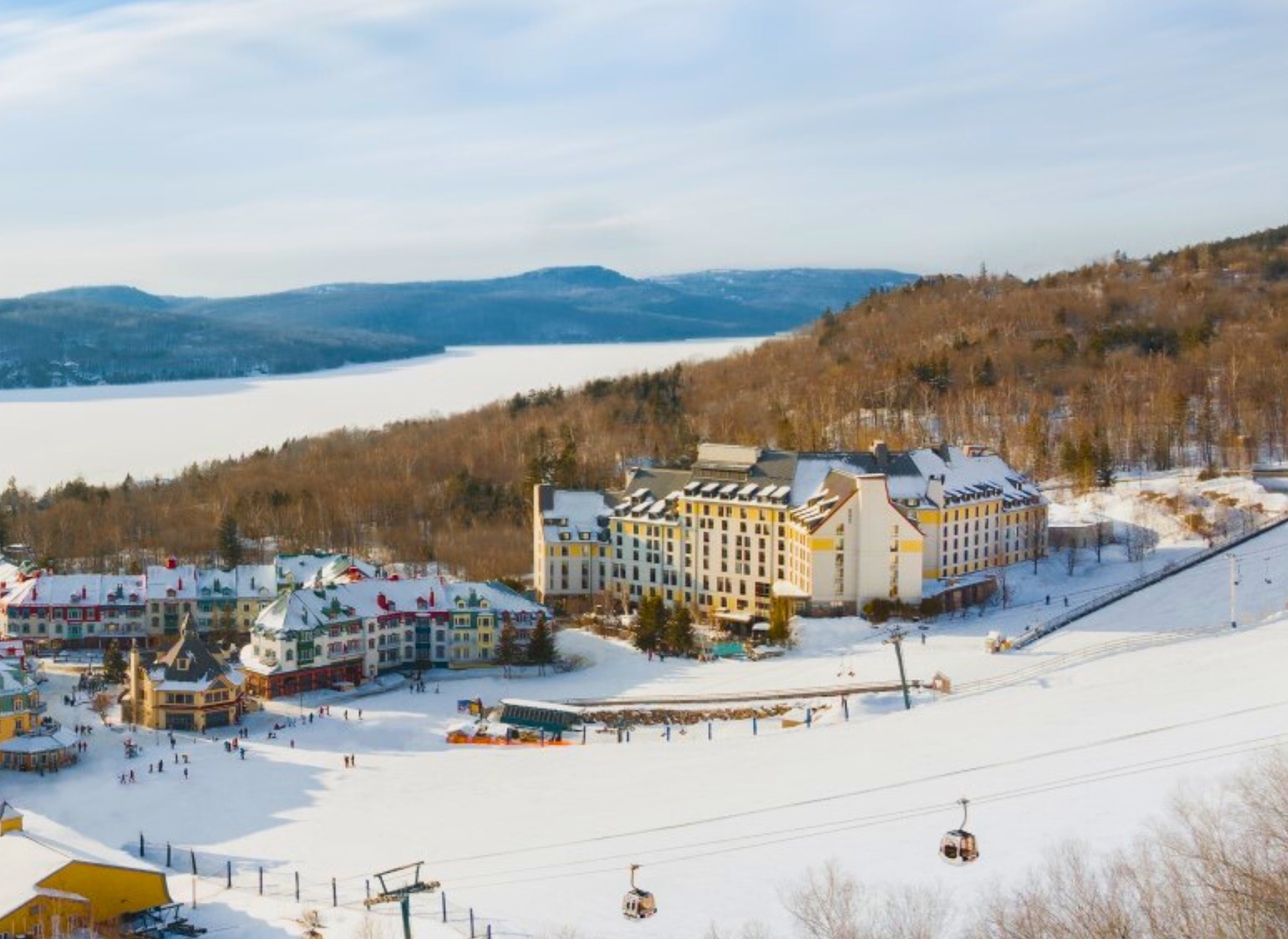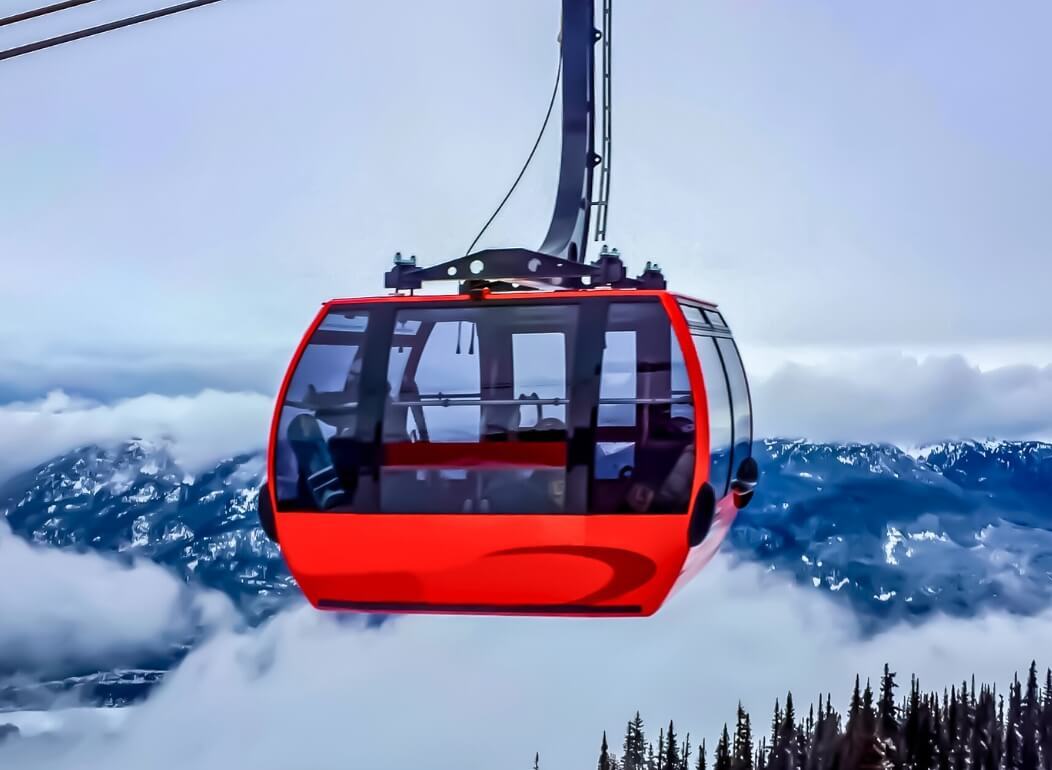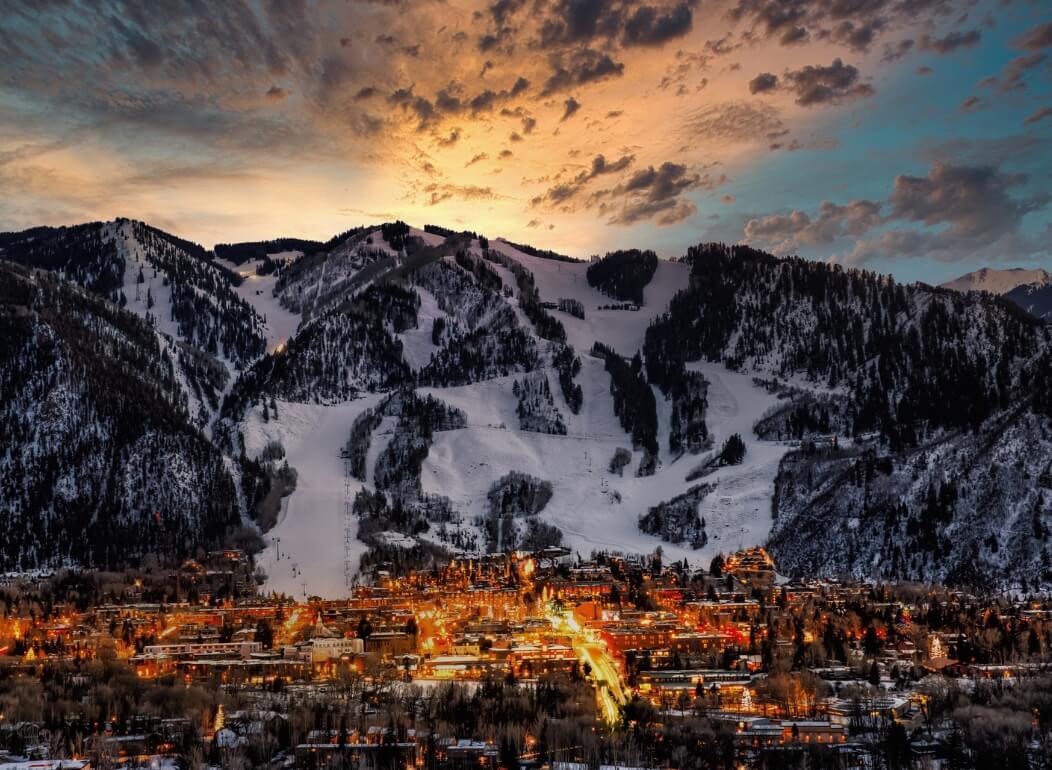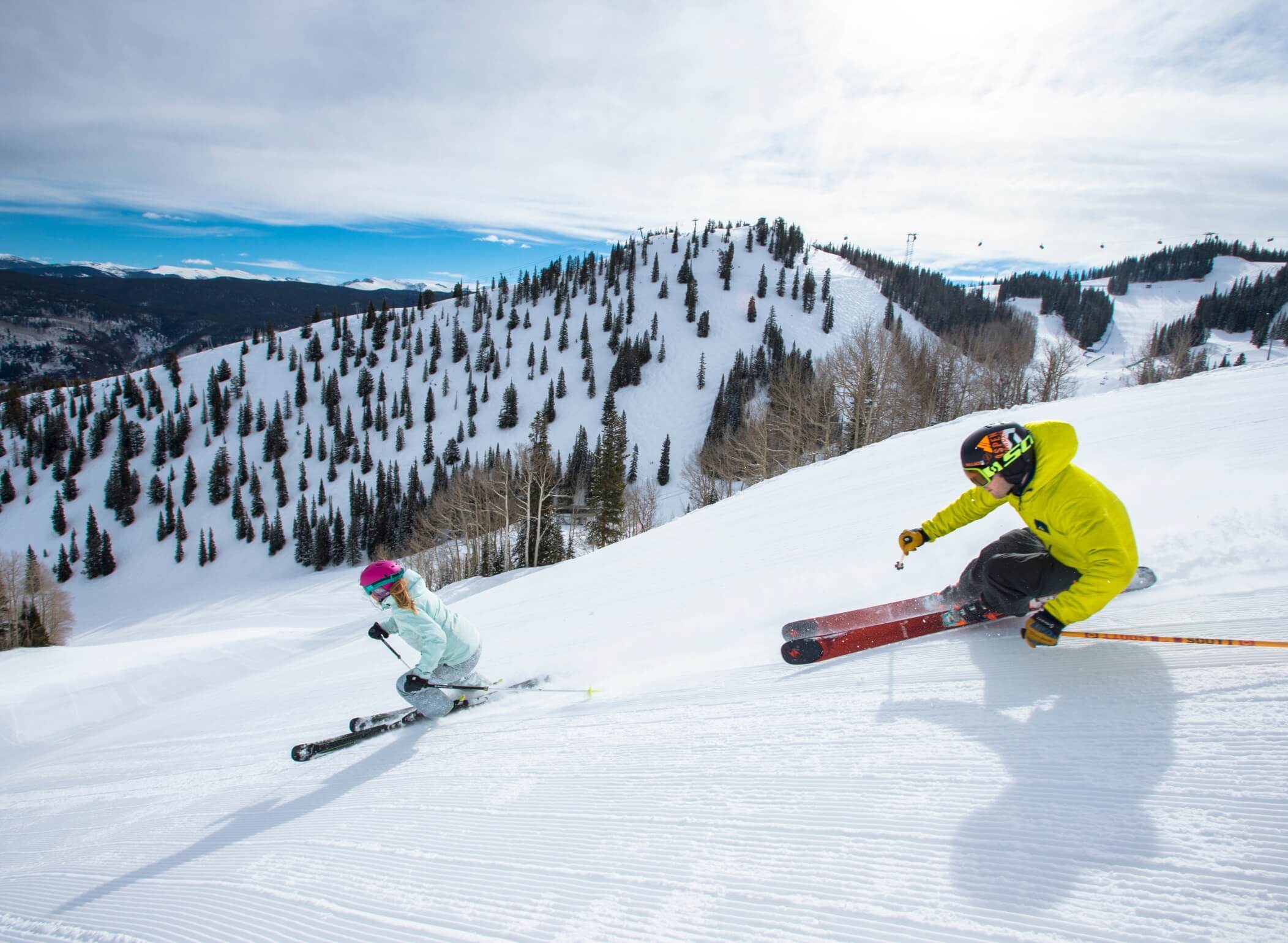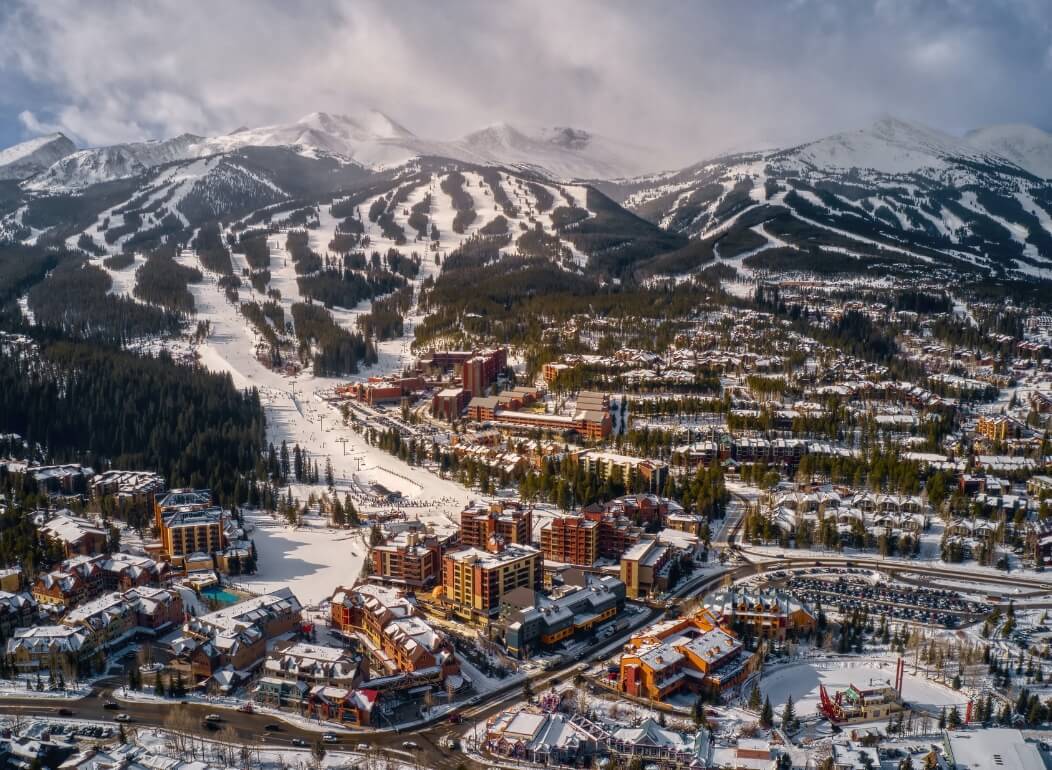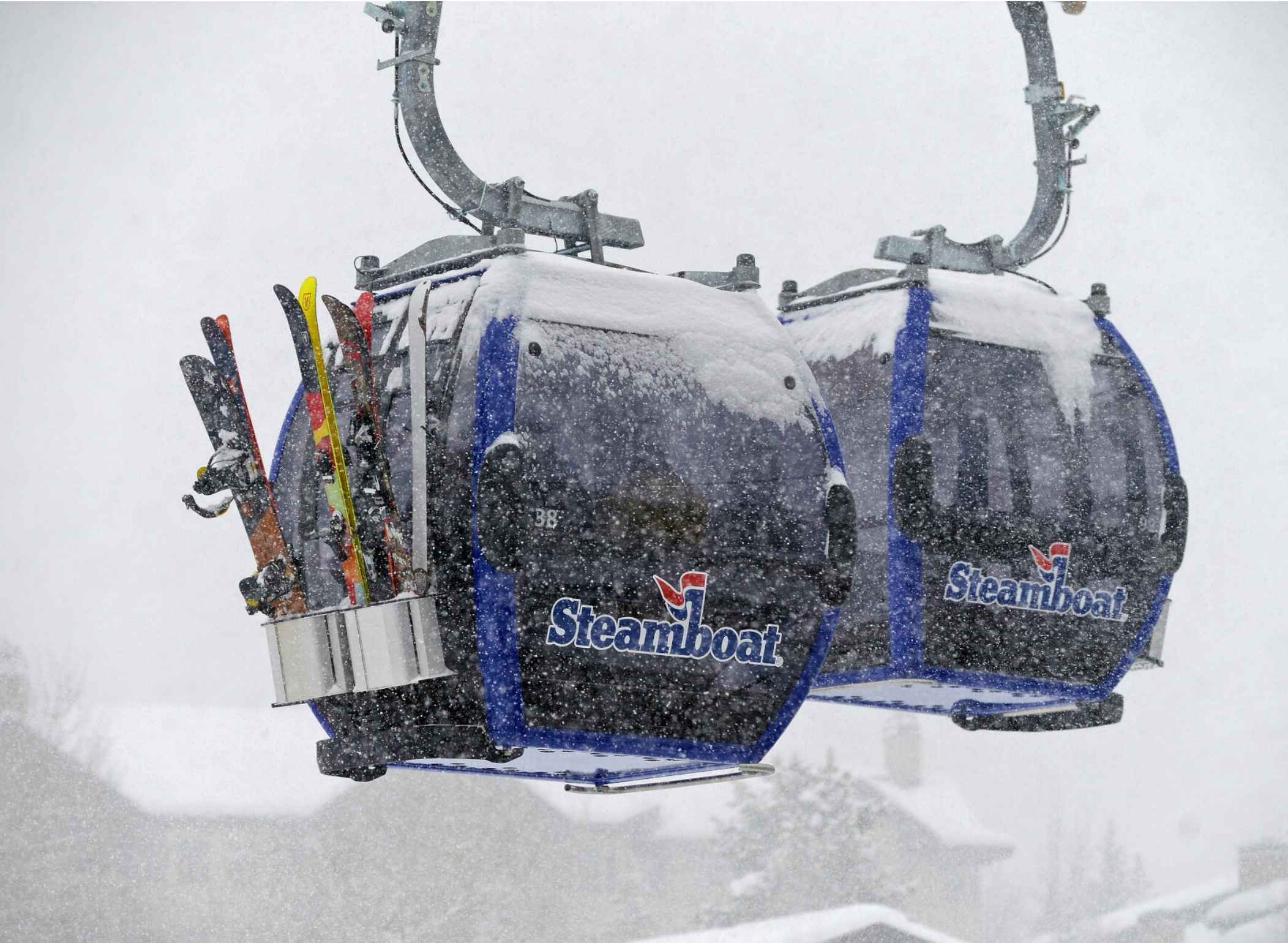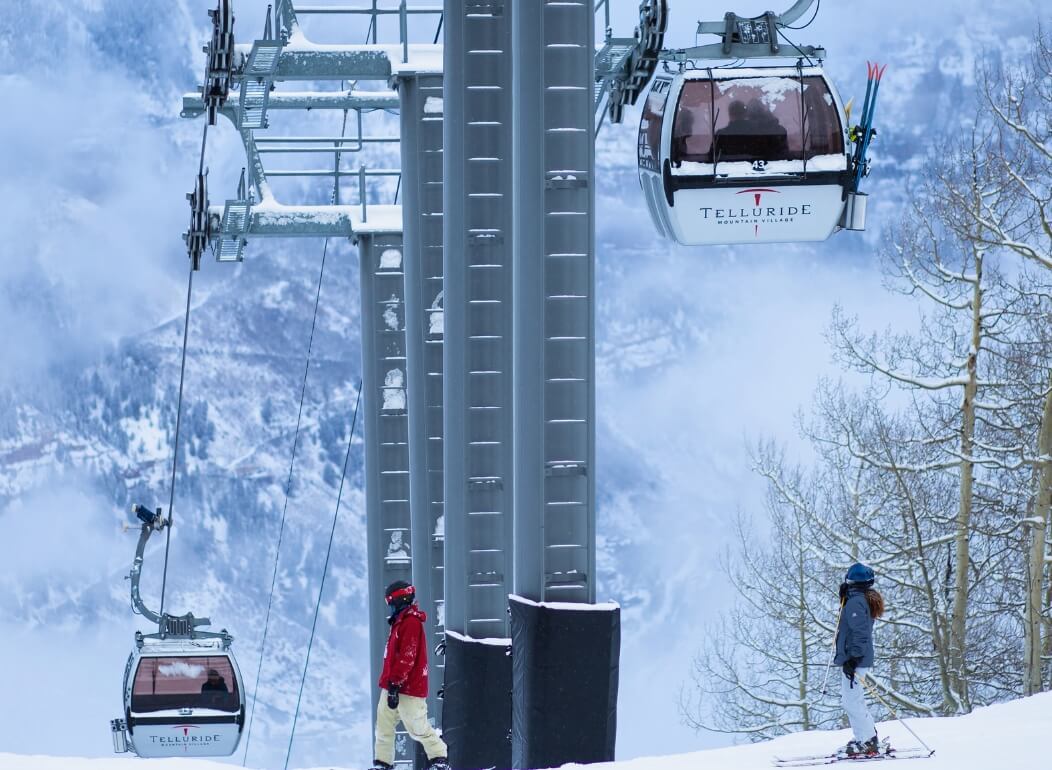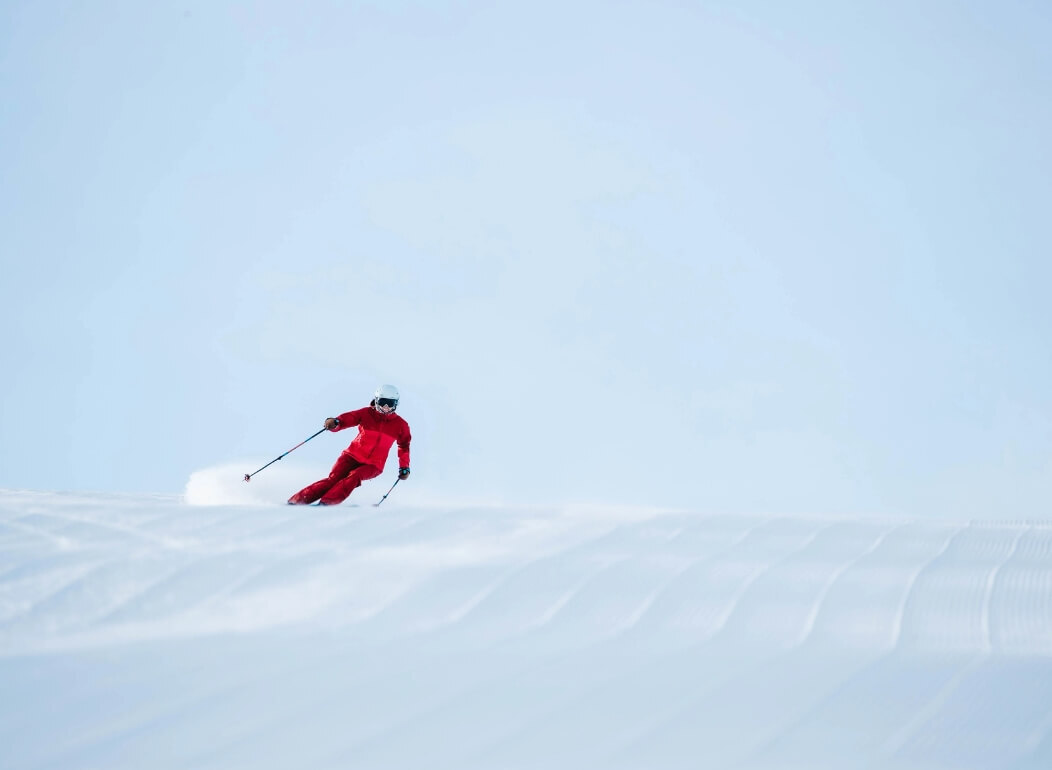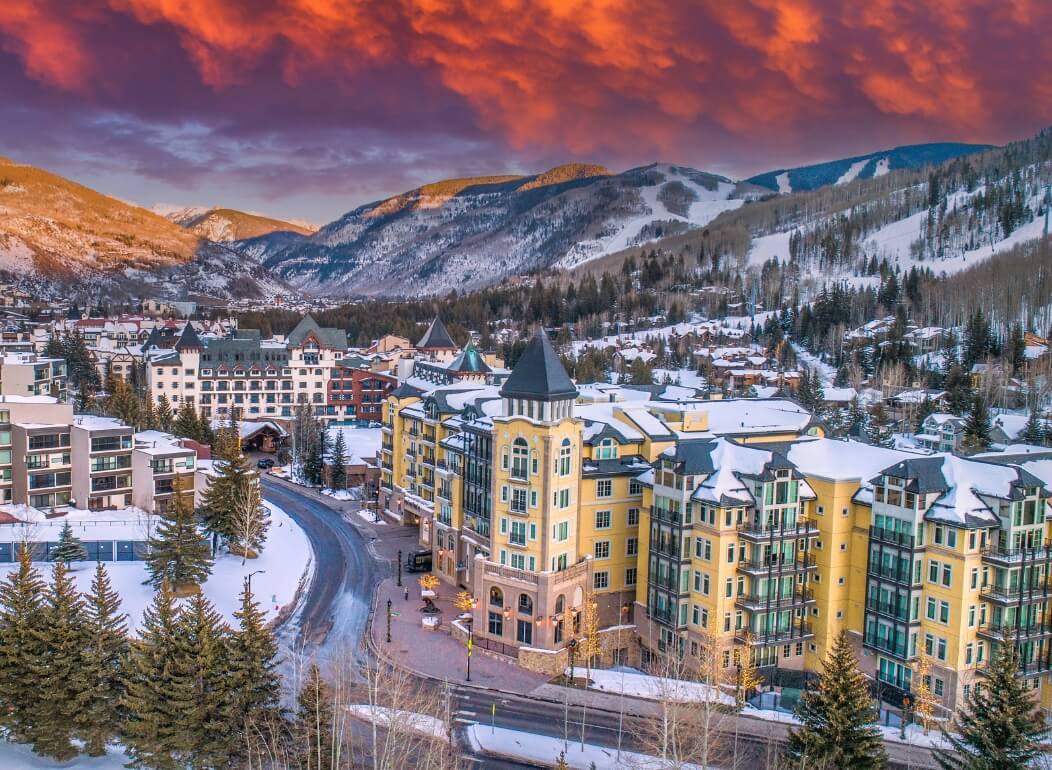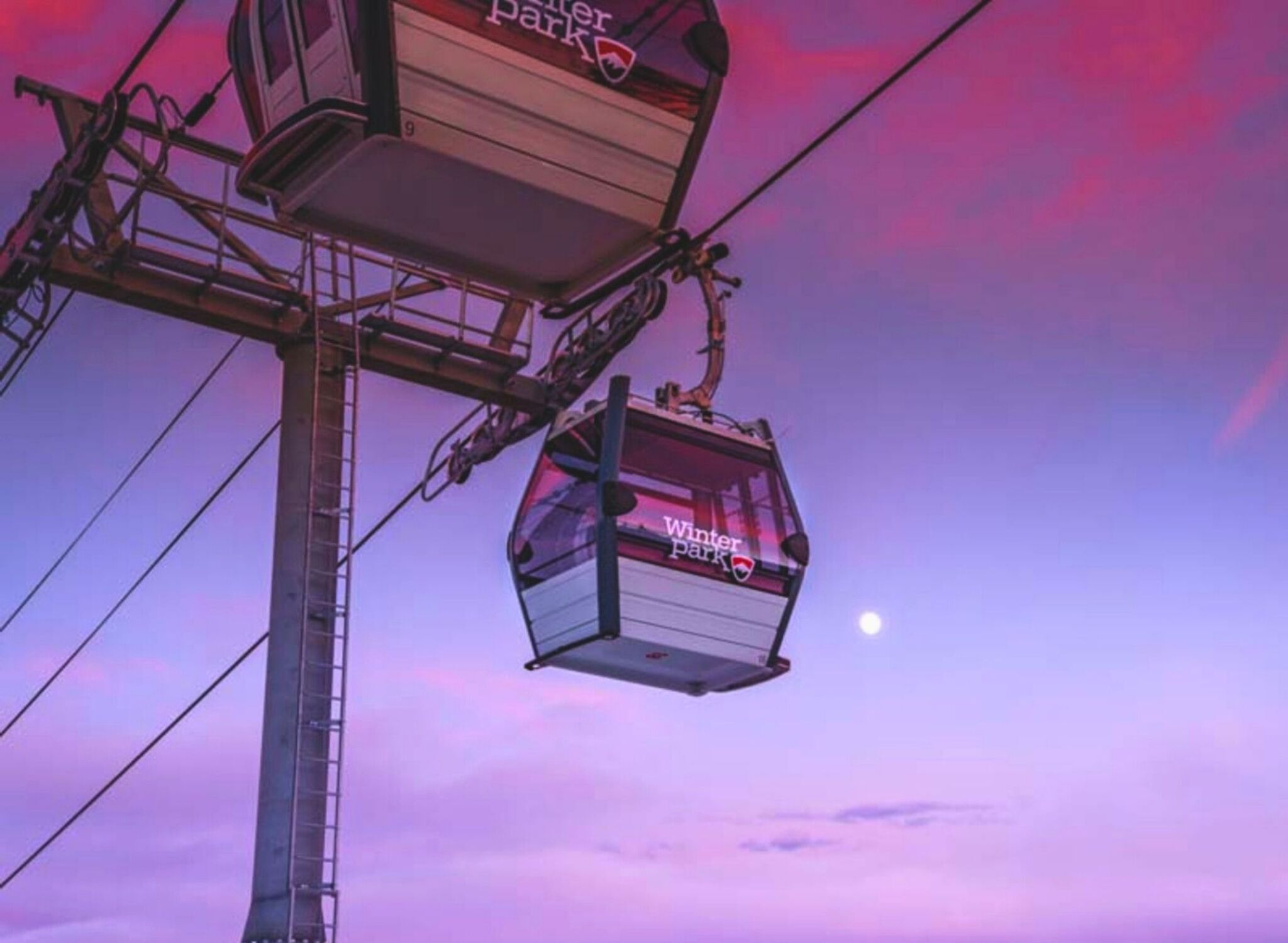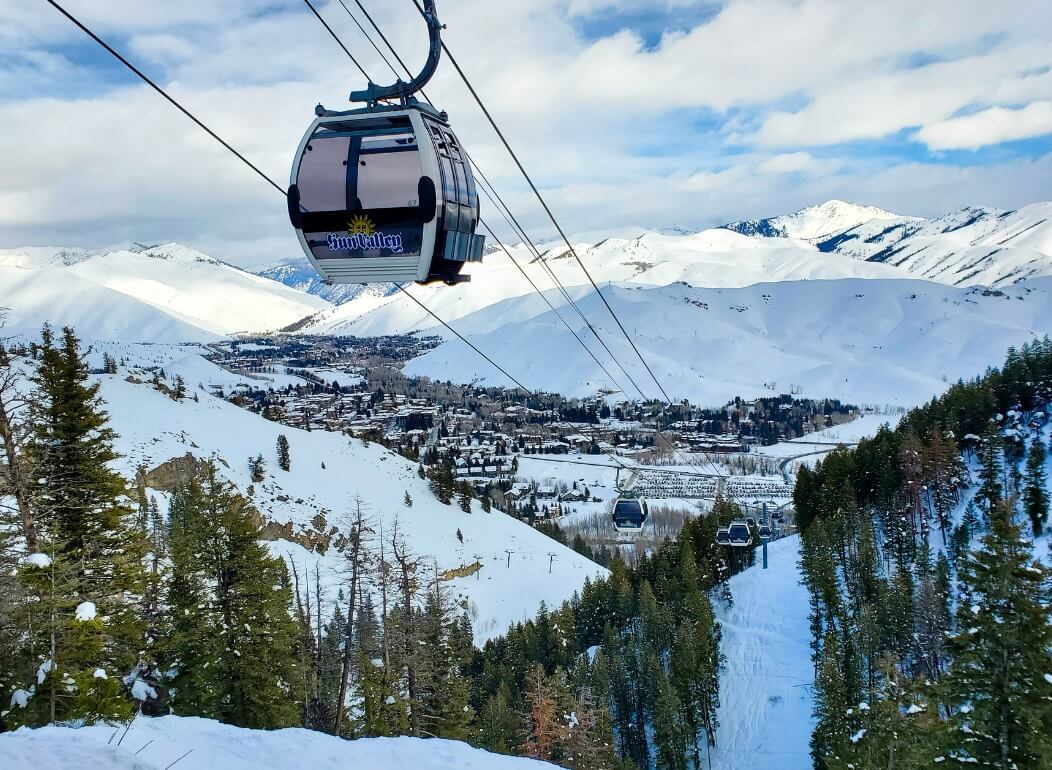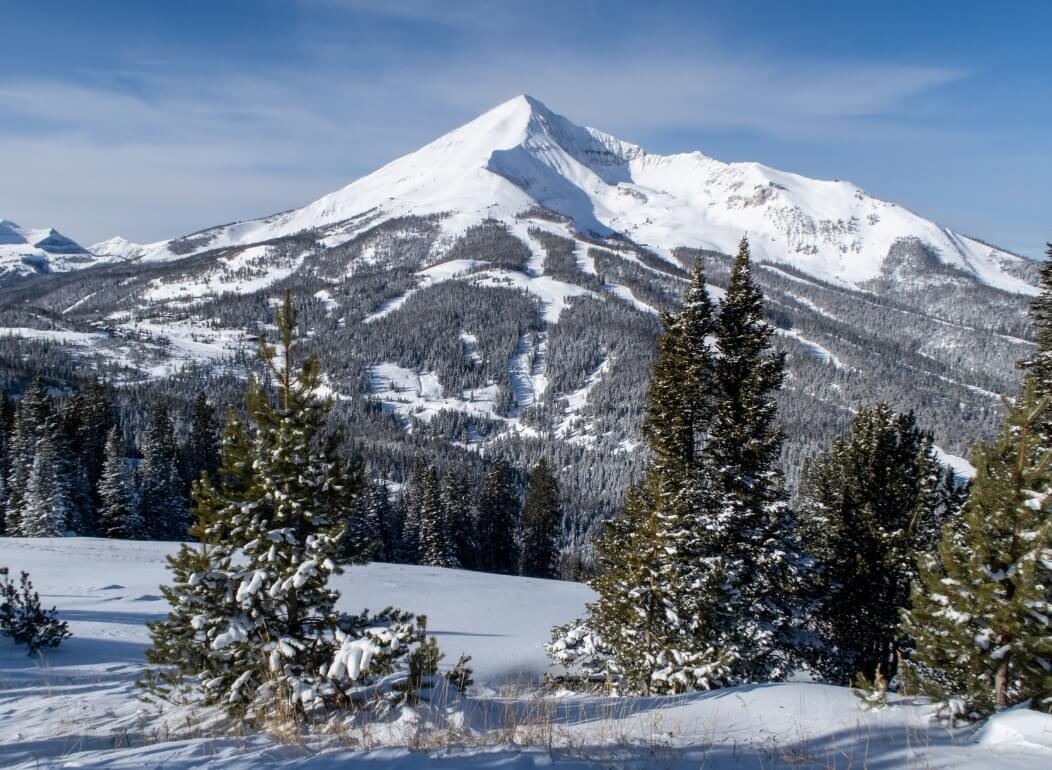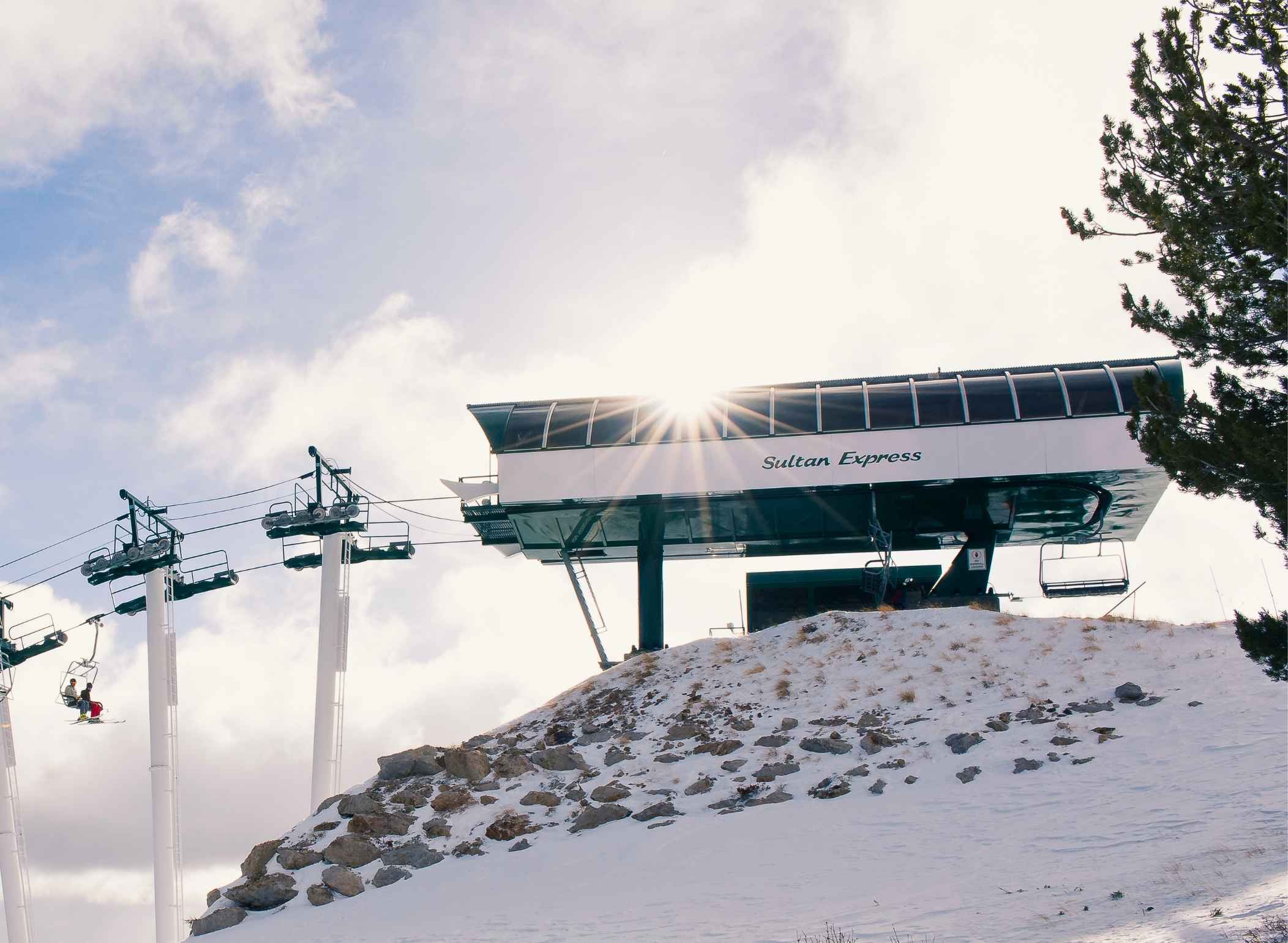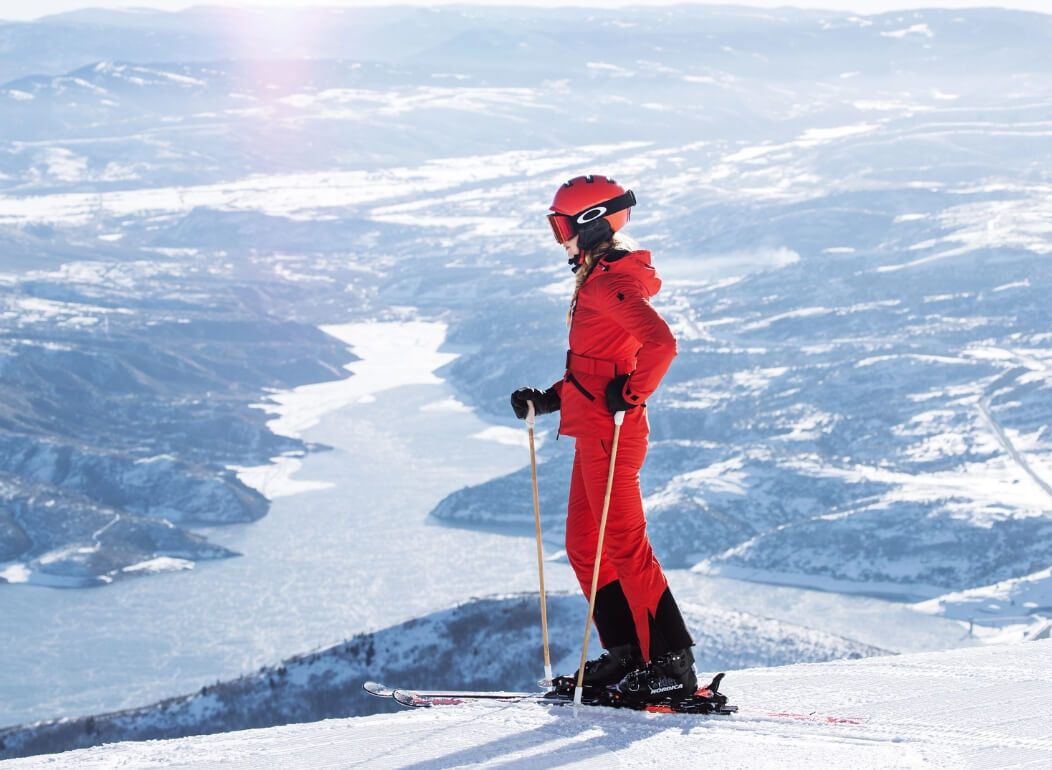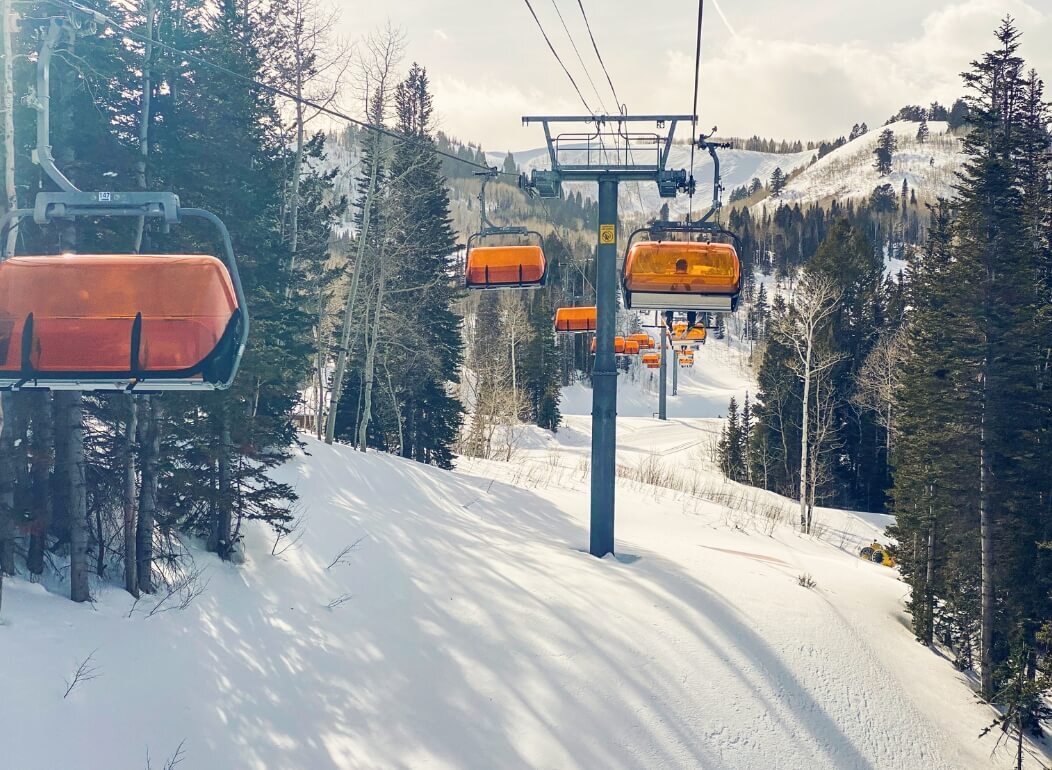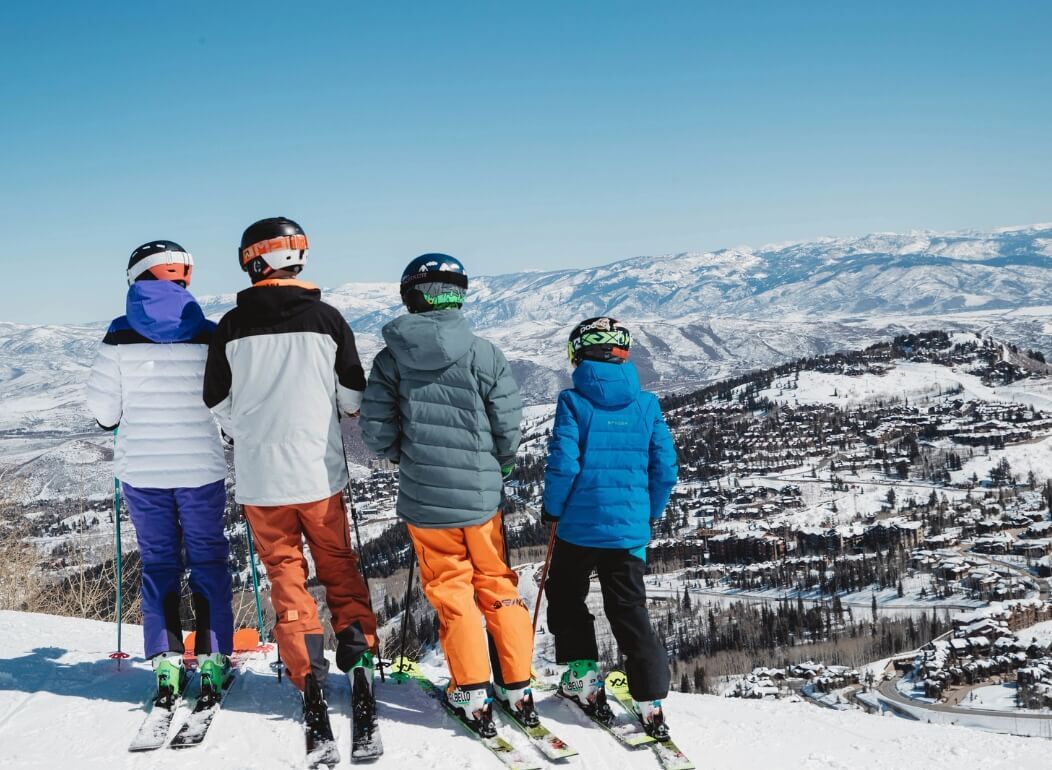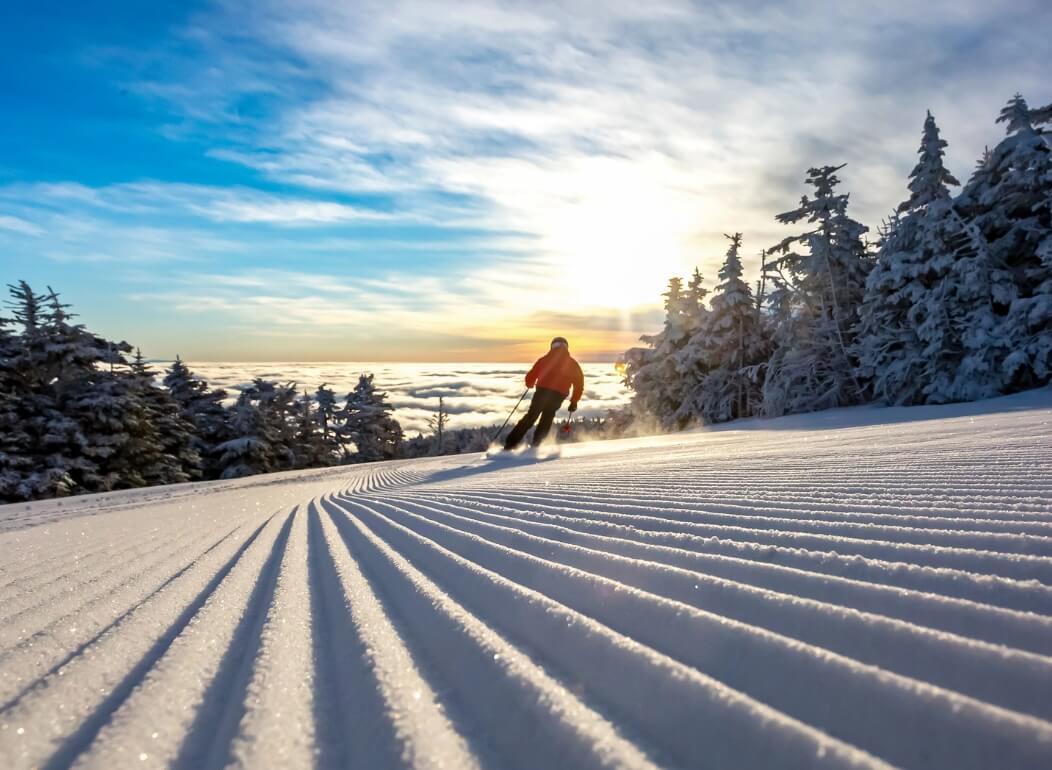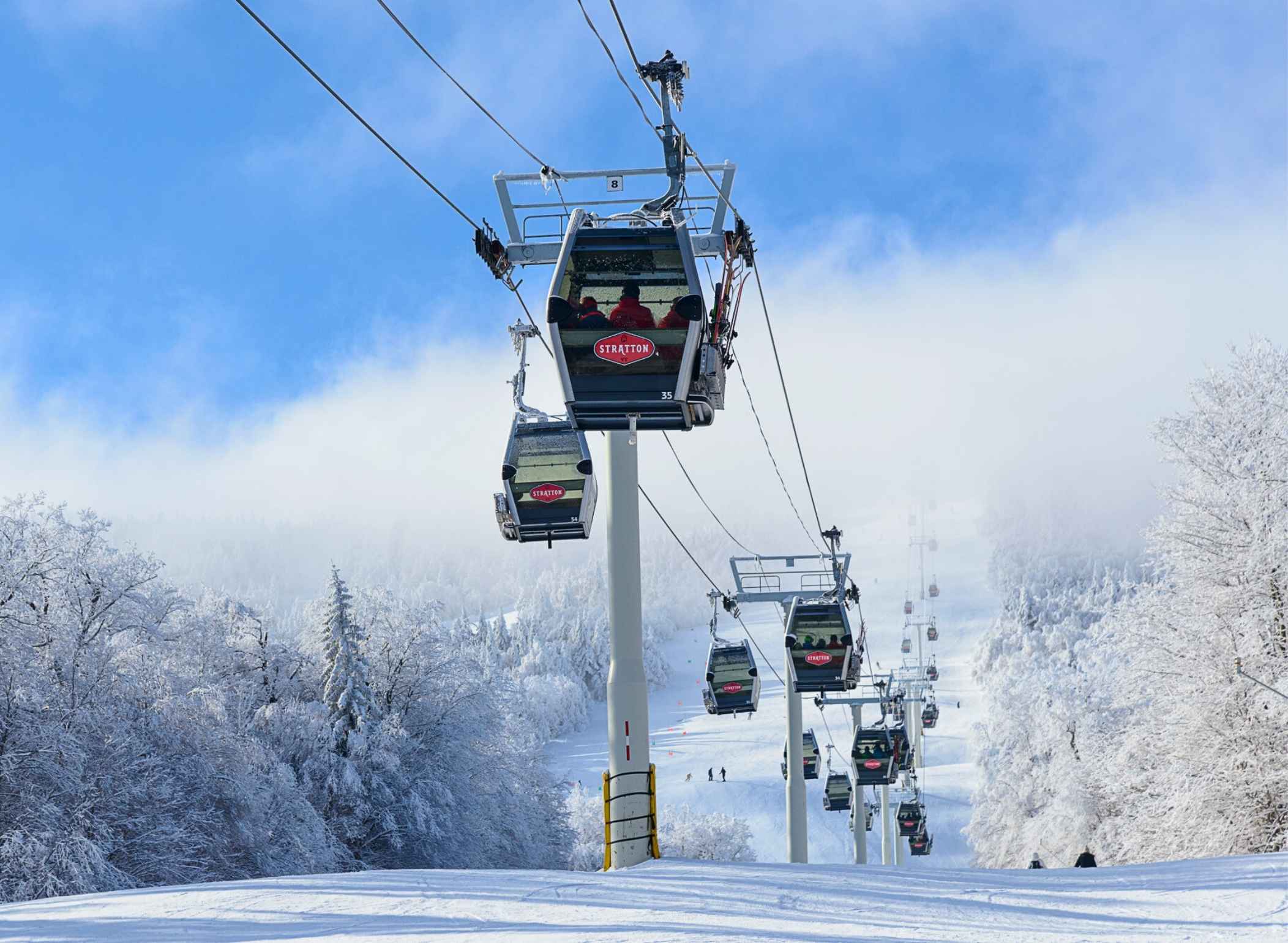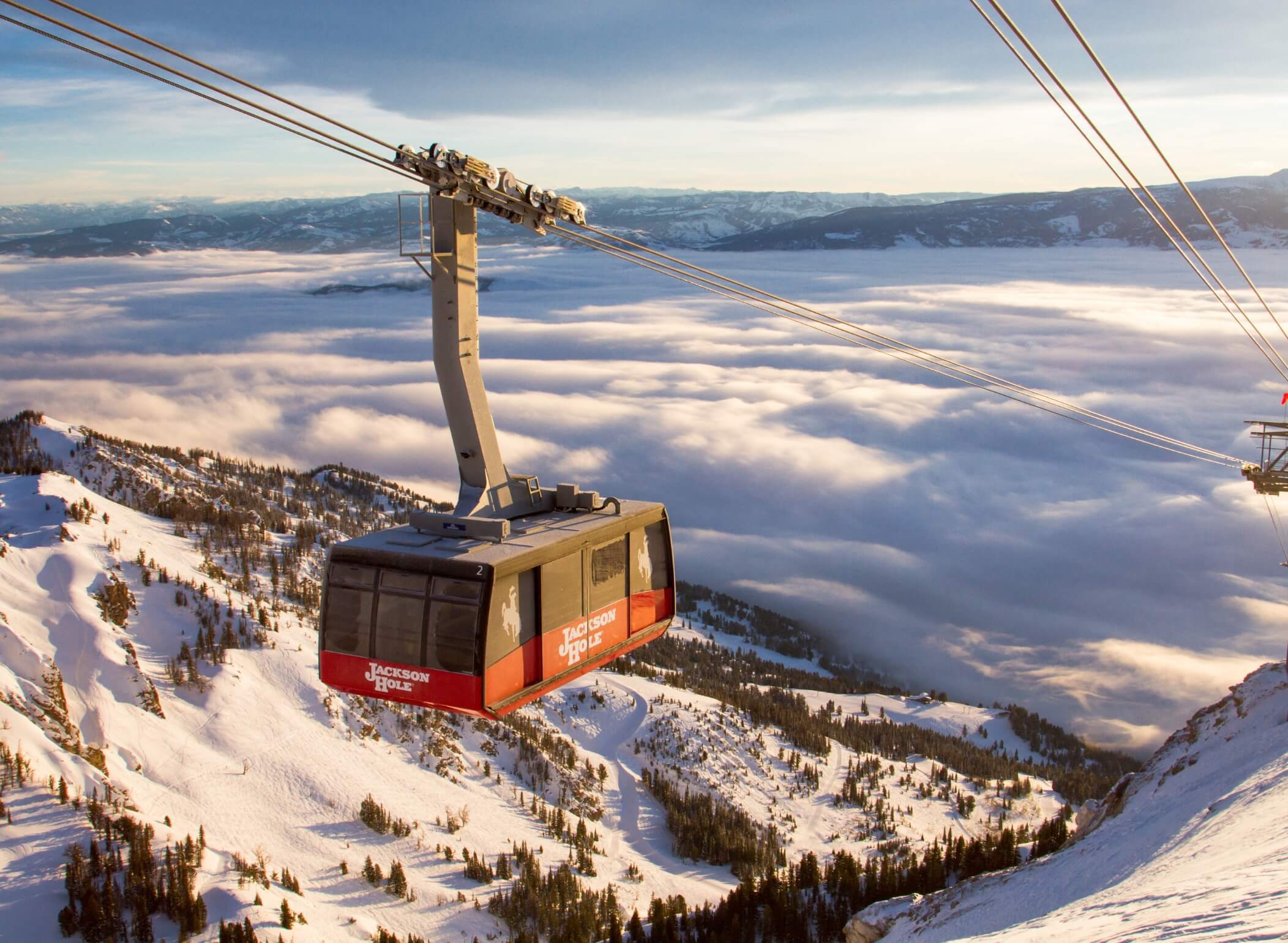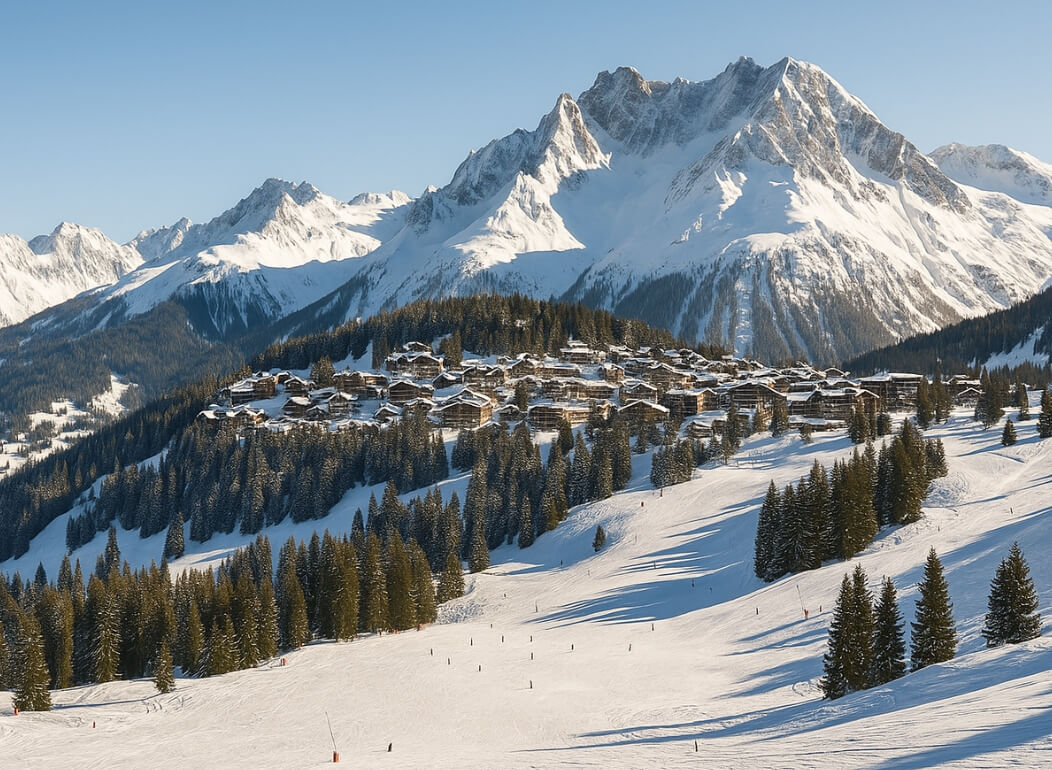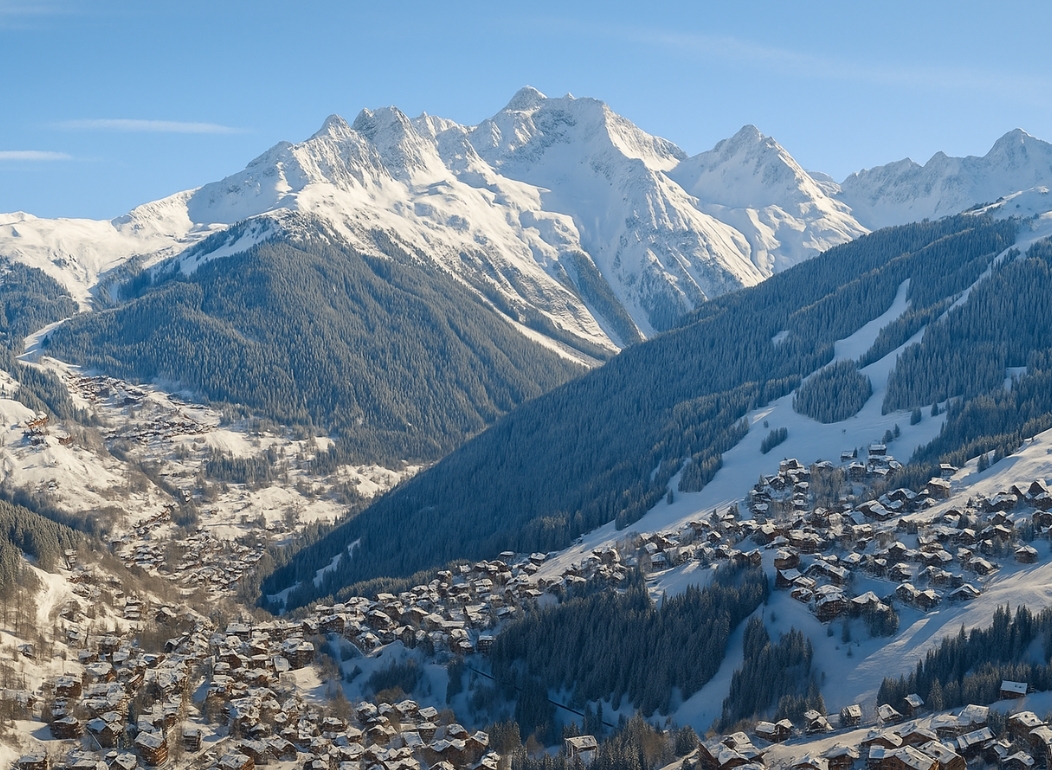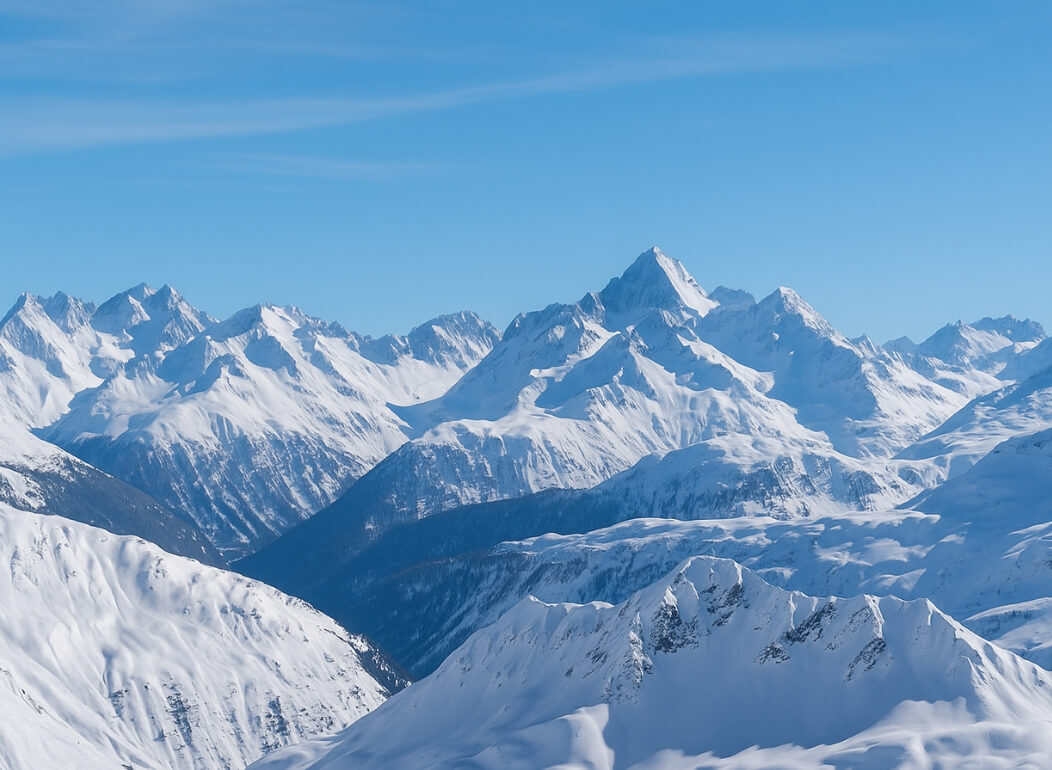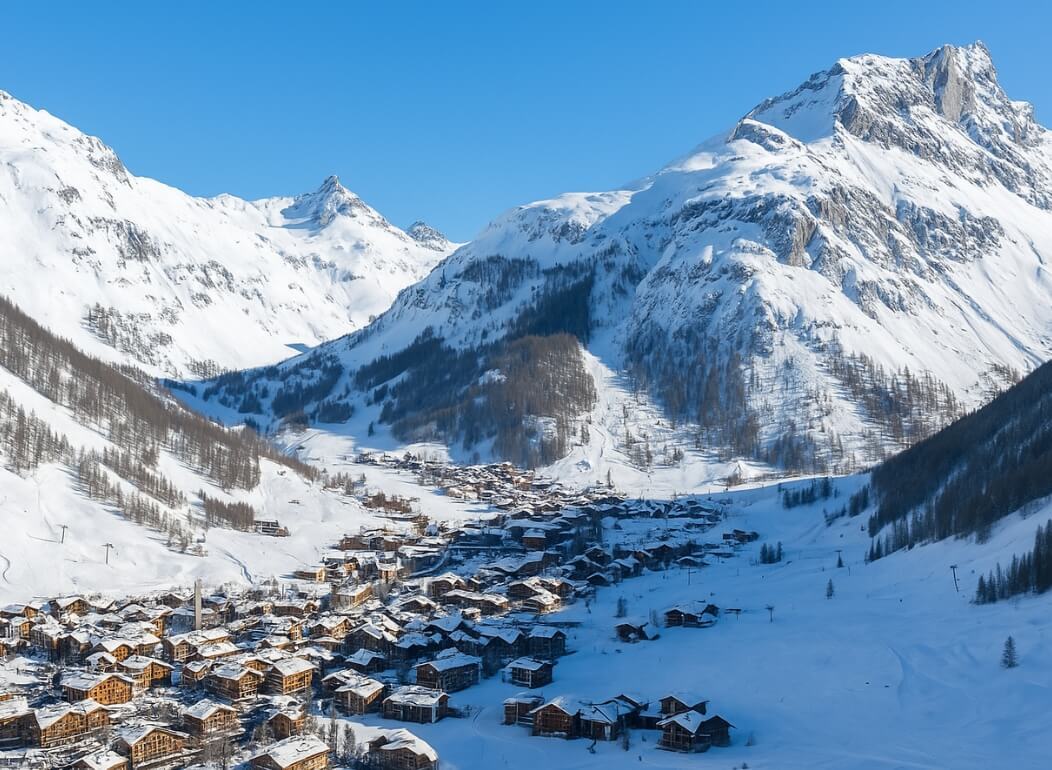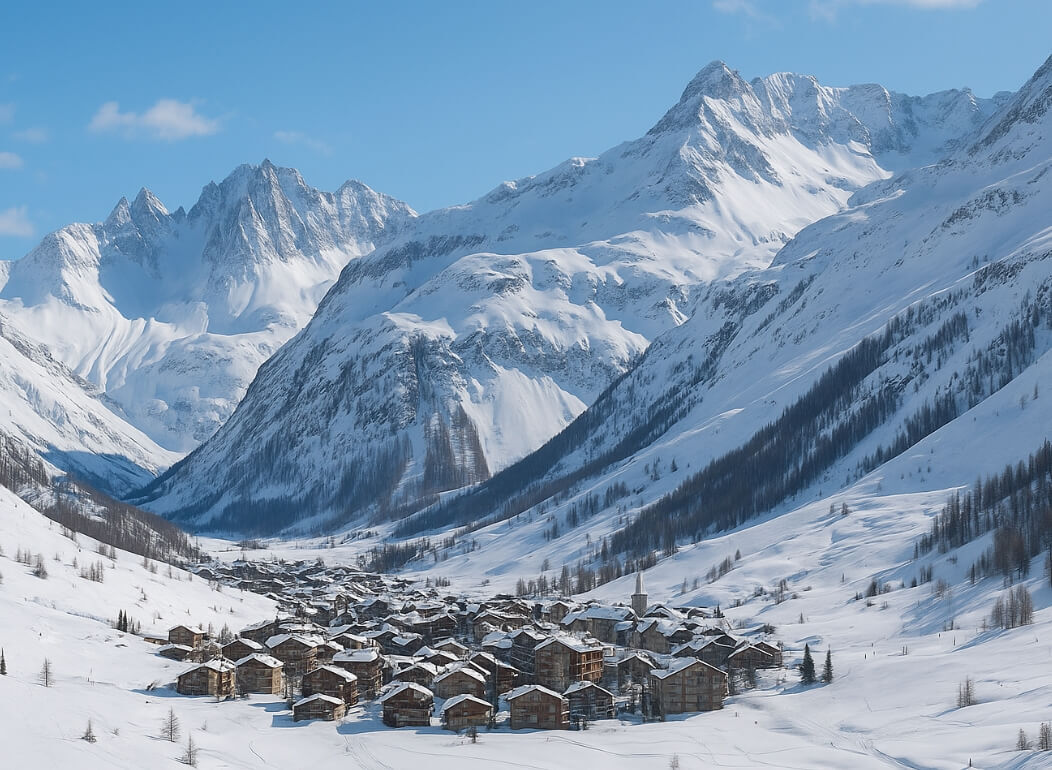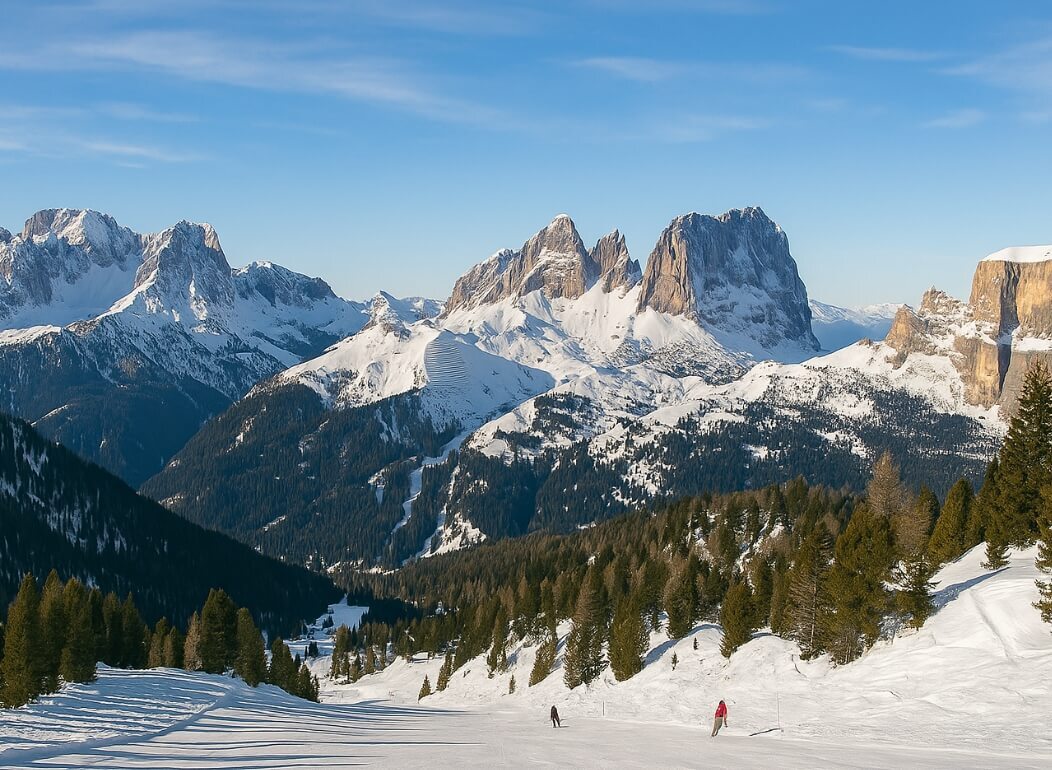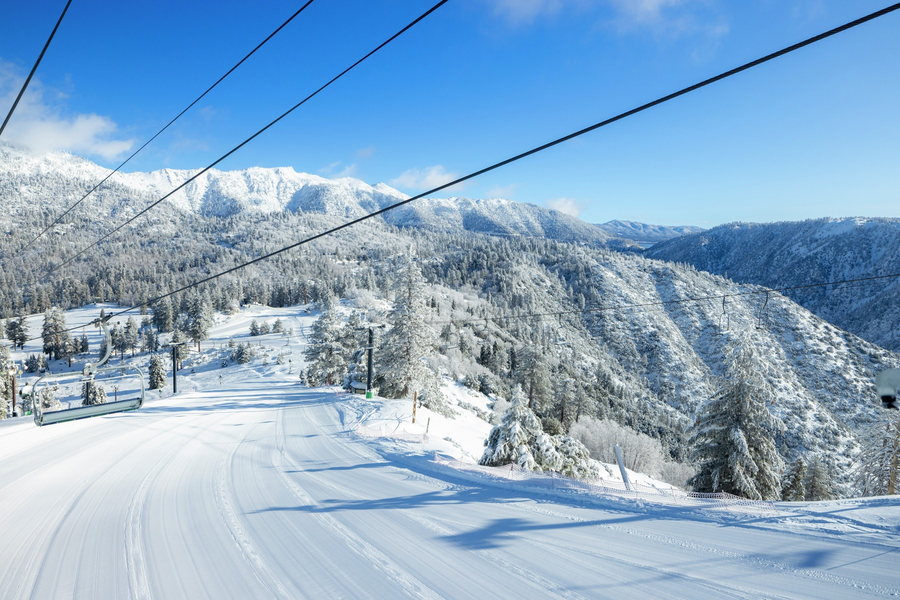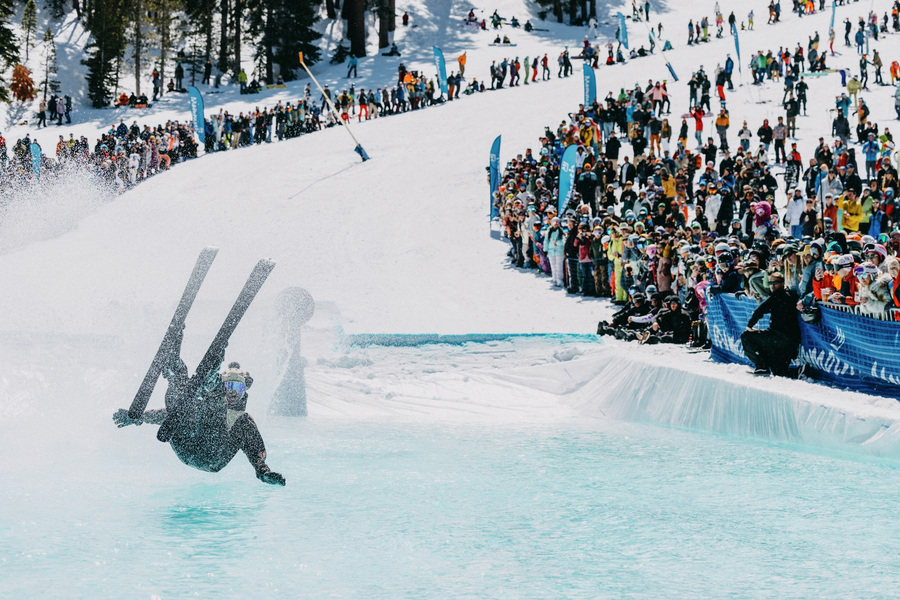To Piste, or not to Piste
To piste, or not to piste: that is the question:
Whether ’tis radder in the mind to shred
The fluffy powder stashes of secret,
Or to arc the pristine groomers of plenty,
And to choose between? It’s fun, with smile;
Once more, and with smile to say we laugh
We laugh with full face grin, our way to the bottom.….
‑Bill Skispeare
This is a question that does come up a lot, mainly: “What does Piste mean?”. So let’s start there —
Piste is a marked ski run or path down a mountain for skiing and snowboarding.
So On-Piste would be groomed/un-groomed marked trails — typically it refers to a groomed trail. Off-Piste would be going off the trail, into trees/gladed areas or generally off-trail, “natural” type conditions.
Secondly Piste come’s up as people consider different ski/board type options. There are several elements that determine whether a skis “sweet spot” is more on-piste or off-piste. The basic elements are shape, camber and rocker.
Shape: The wider the waist of the ski (the part under your foot) is the better it will generally be off-piste, say in powder or crud. This is typically because you will have better float and you are not necessarily looking to have the ski turn quick or carve with a small radius. A narrower waist or “underfoot” is easier to roll over into a turn and is typically a more nimble ski, so it tends to live it’s life on groomers or moguls.
Camber: Camber describes the shape of a traditional ski, the camber can be seen if you take one ski and set it on the ground — the gap between the middle of the ski and the ground is the camber. This is responsible for the springiness and pop that permits easy handling and quick, responsive turning. These qualities are more important when skiing groomers or on-piste.
Rocker: Rocker is basically reverse camber and can be seen while the ski is on the ground — this is the gap between the ski and the ground that is at the tips and tails. This provides improved flotation in powder and greater maneuverability as there is less edge contact when the ski is flat on the snow. There are many variations of rocker and camber mixes as can be seen in the Rossignol Rocker chart below.

The combination of these elements creates skis that perform best in certain conditions — this is partly how we select the correct ski for our guests. Two good examples are the Sin 7 and the Experience 88
The Sin 7 is touted by Rossignol to be 75% Off-piste and 25% On-Piste, this is because it has a 50/50 split of Rocker to Camber.


The Experience 88 is said to be 50% On-Piste and 50% Off-Piste as it’s Rocker to Camber is about 30⁄70.


Either of these skis could do the others job — you just wouldn’t have as much fun, nor would it be as easy.
So in the great question of life: To piste, or not to piste? It all depends on the ski you have. And lucky for you a phone call can make either happen.
